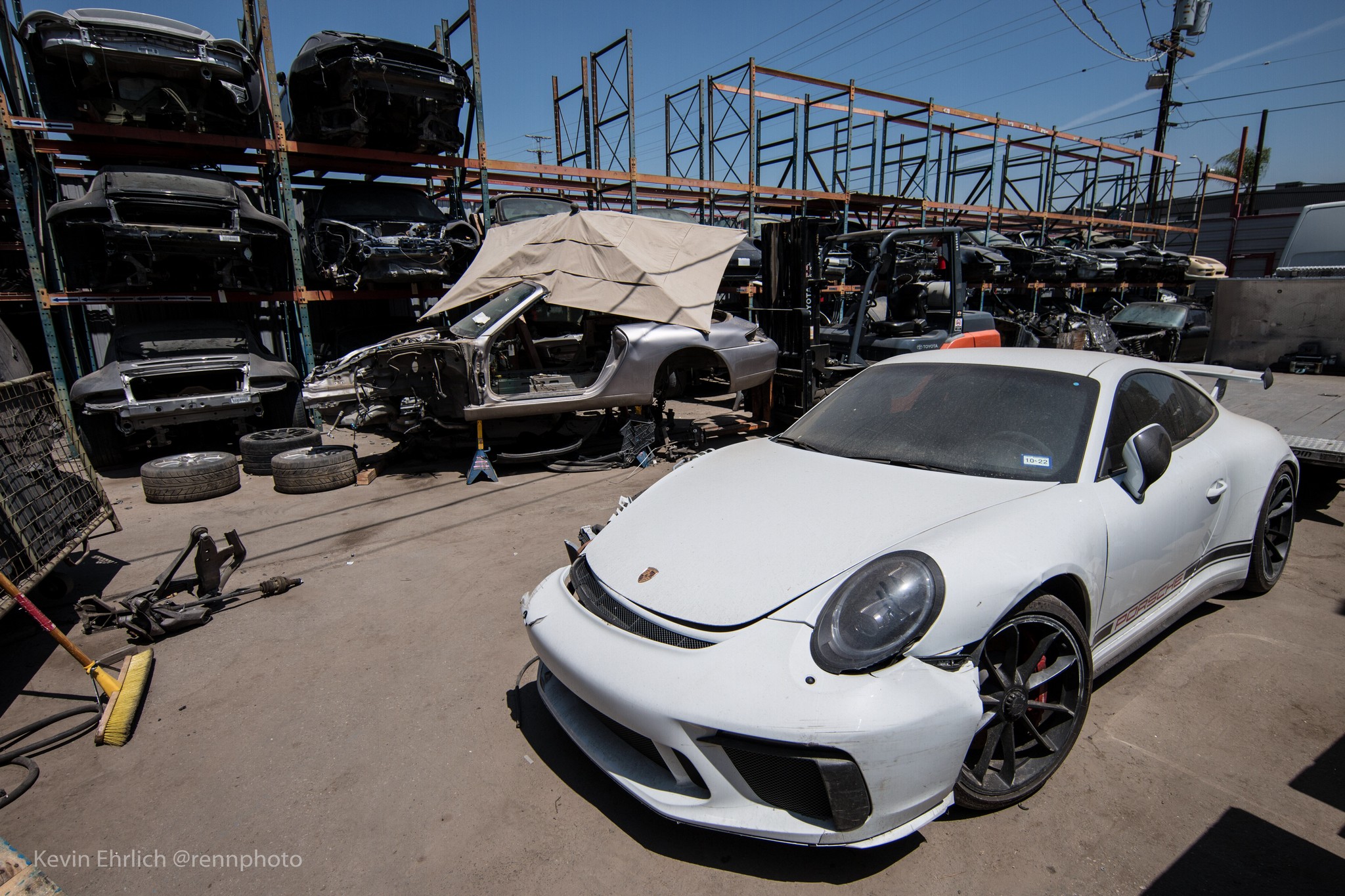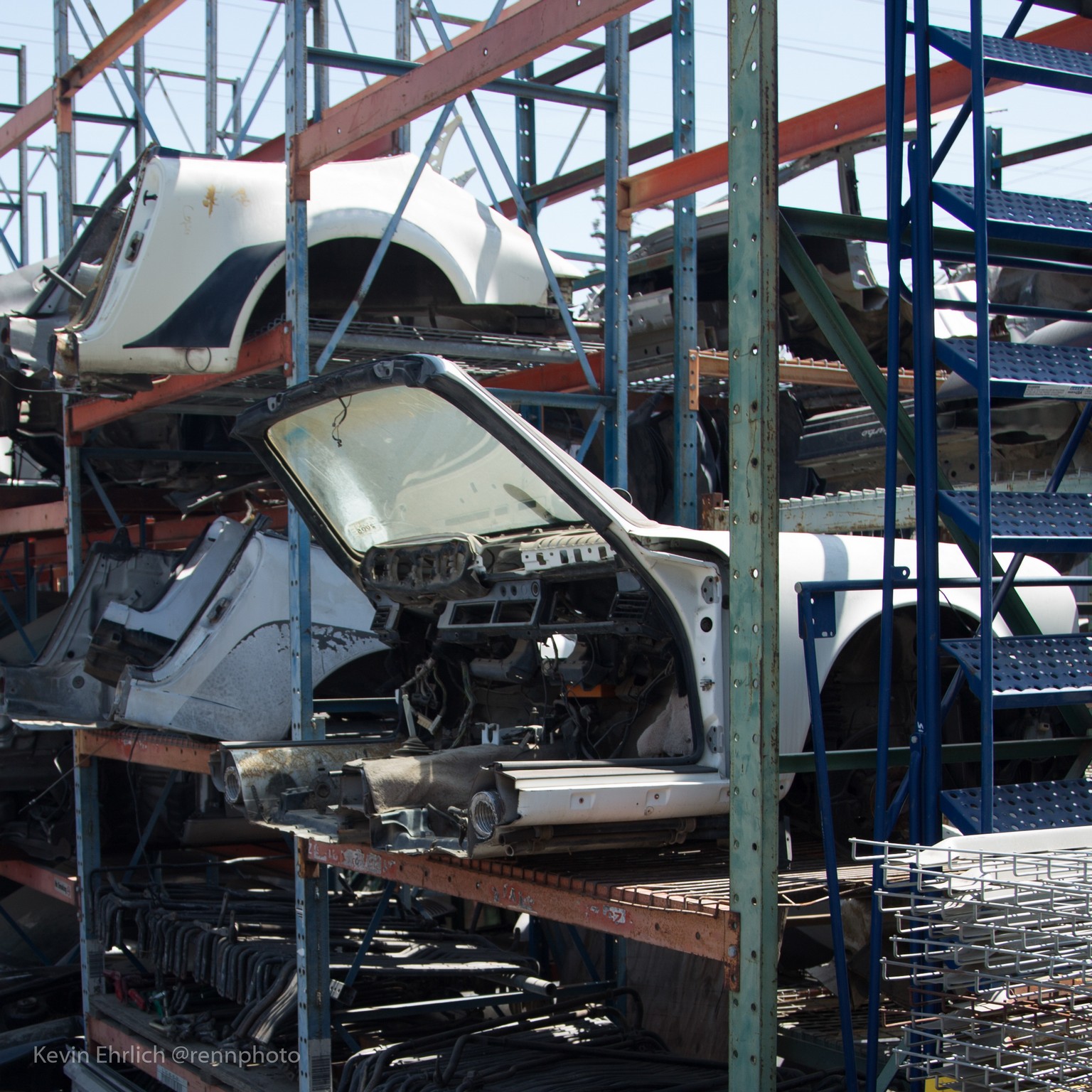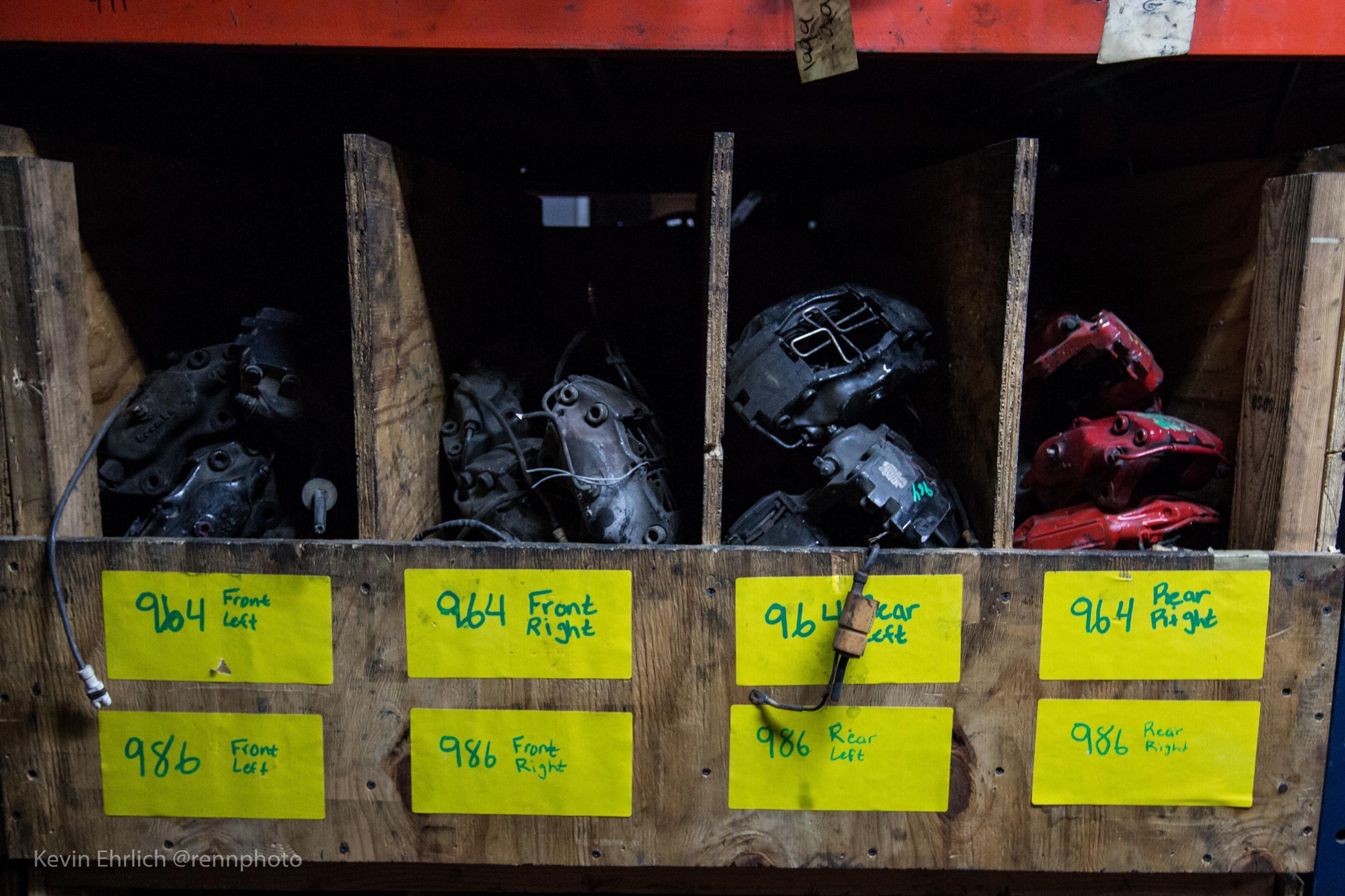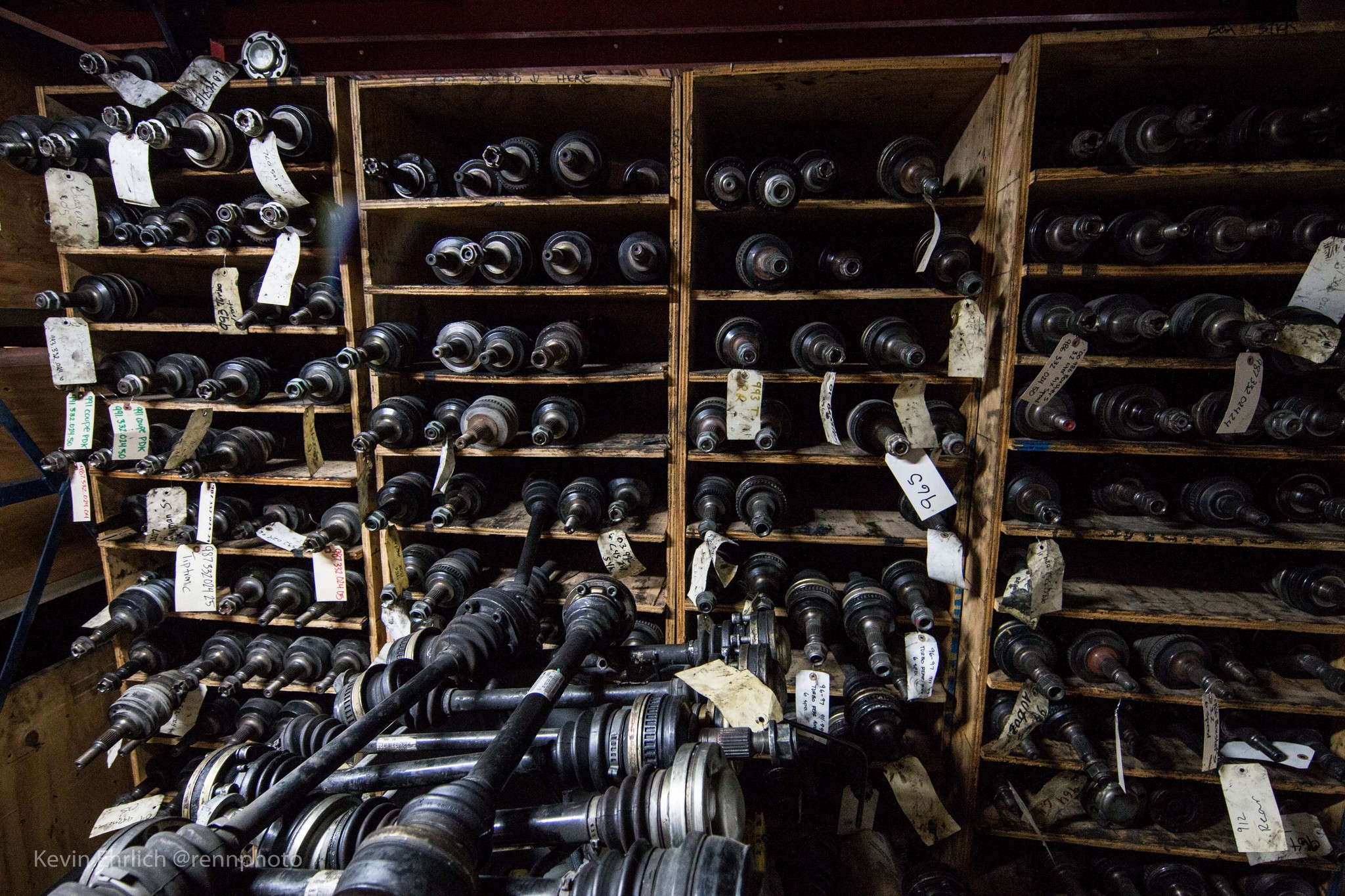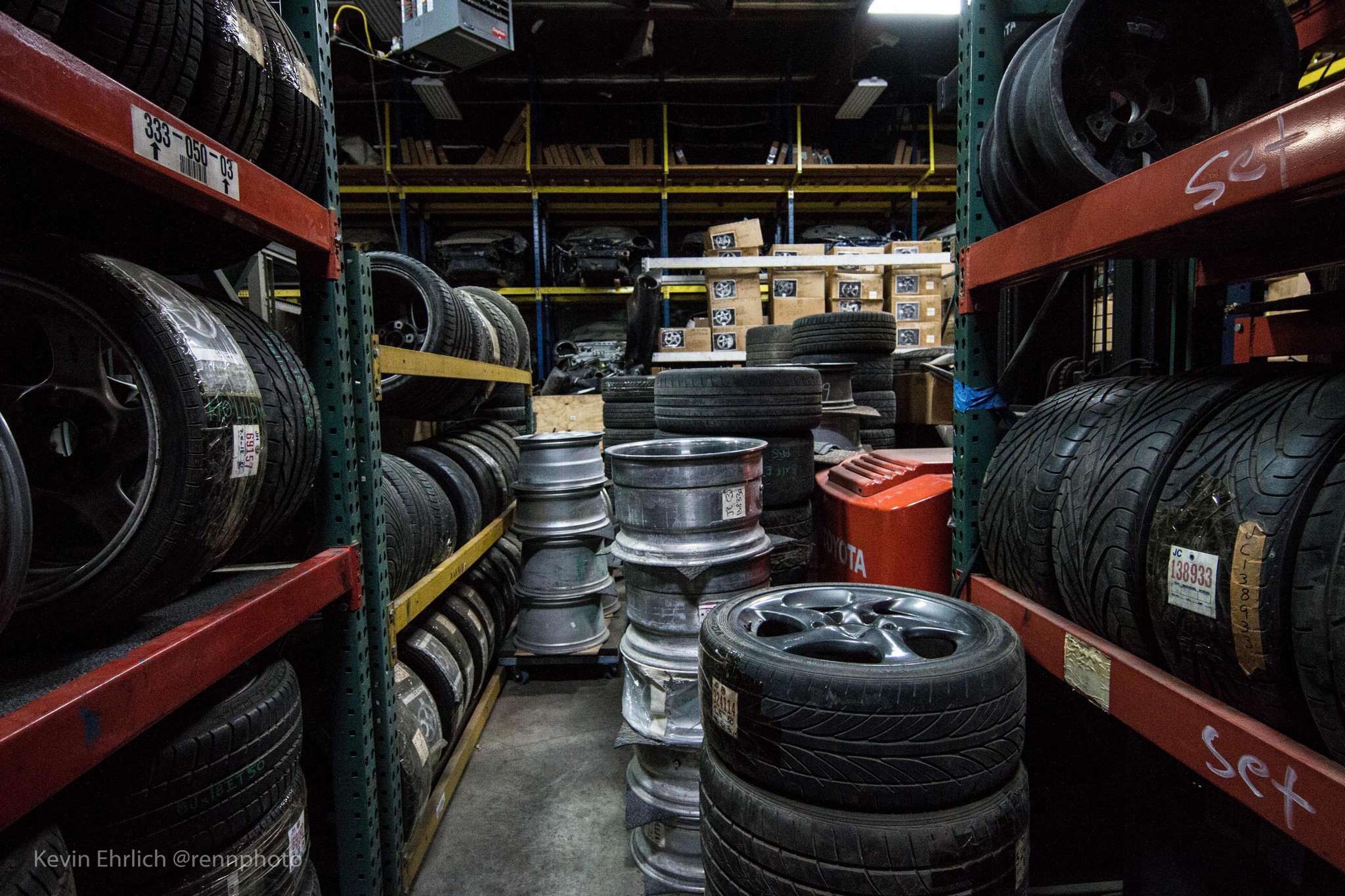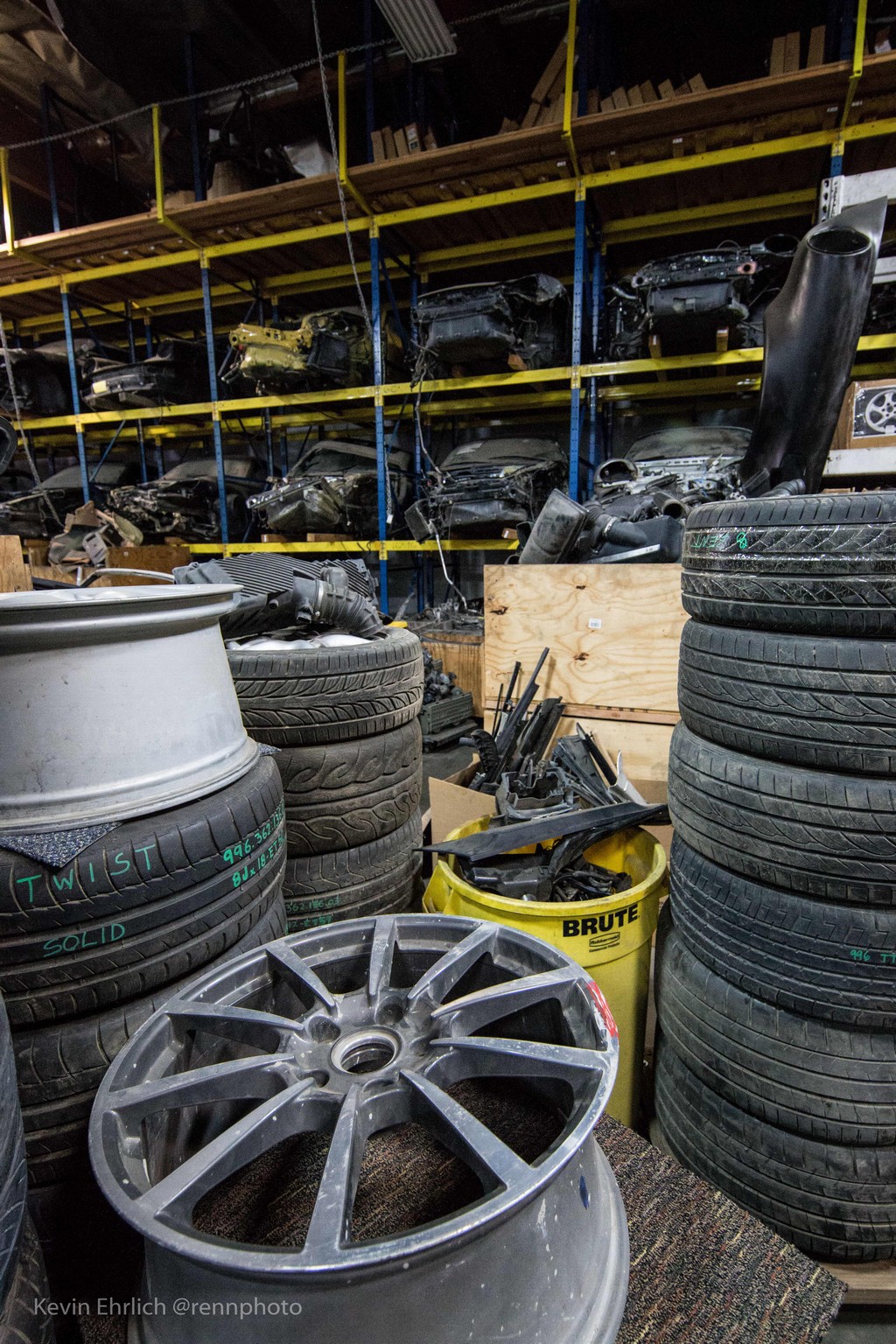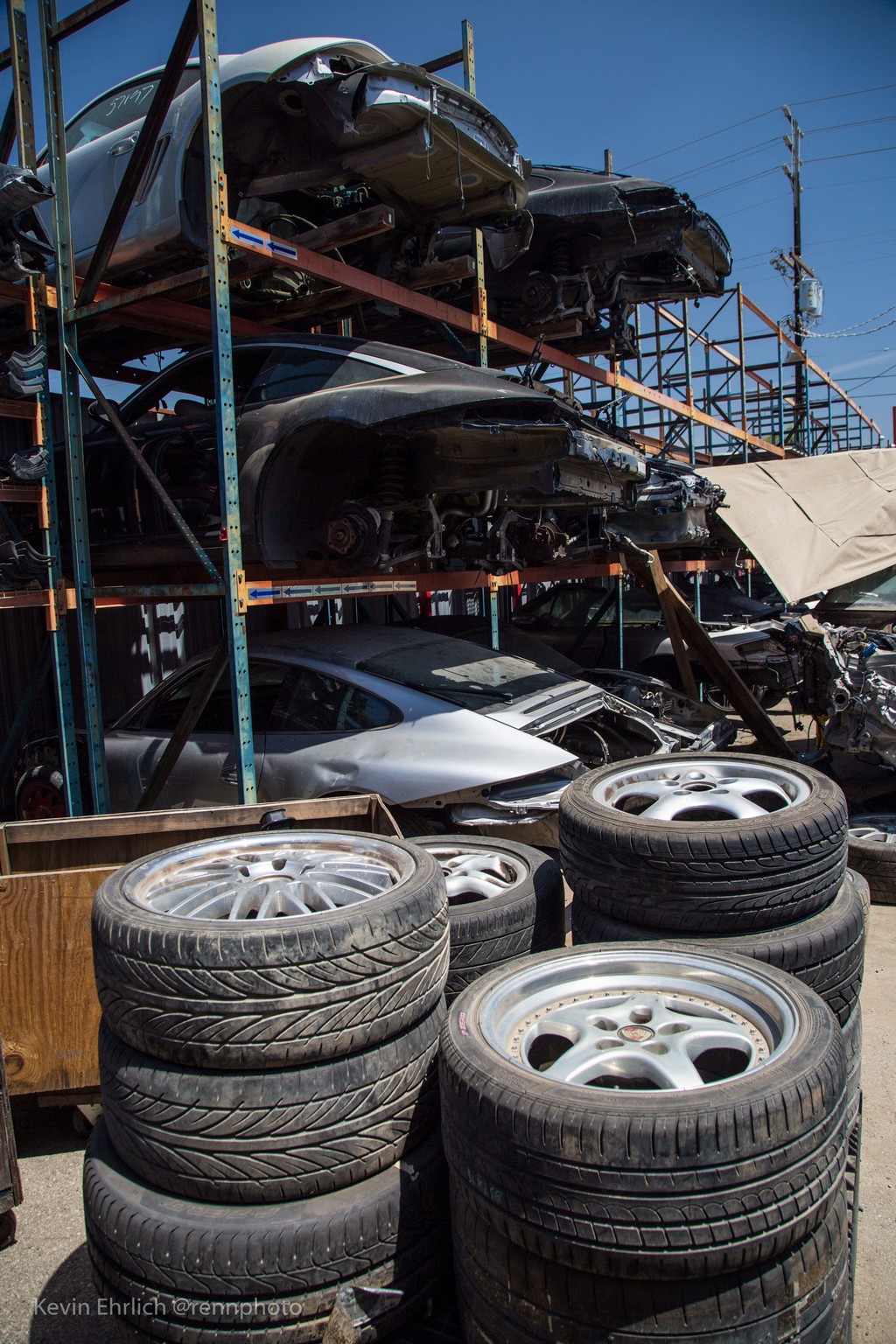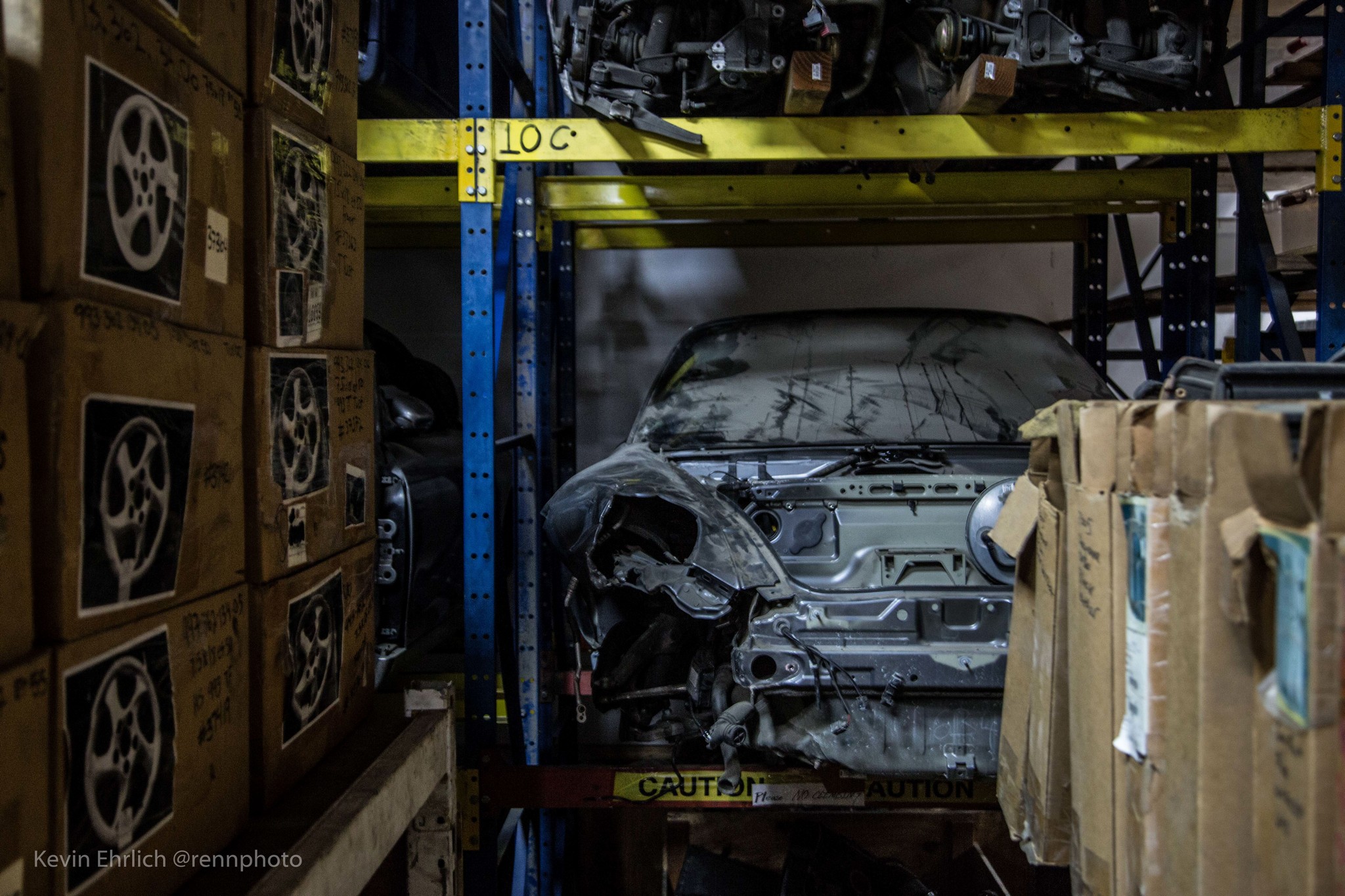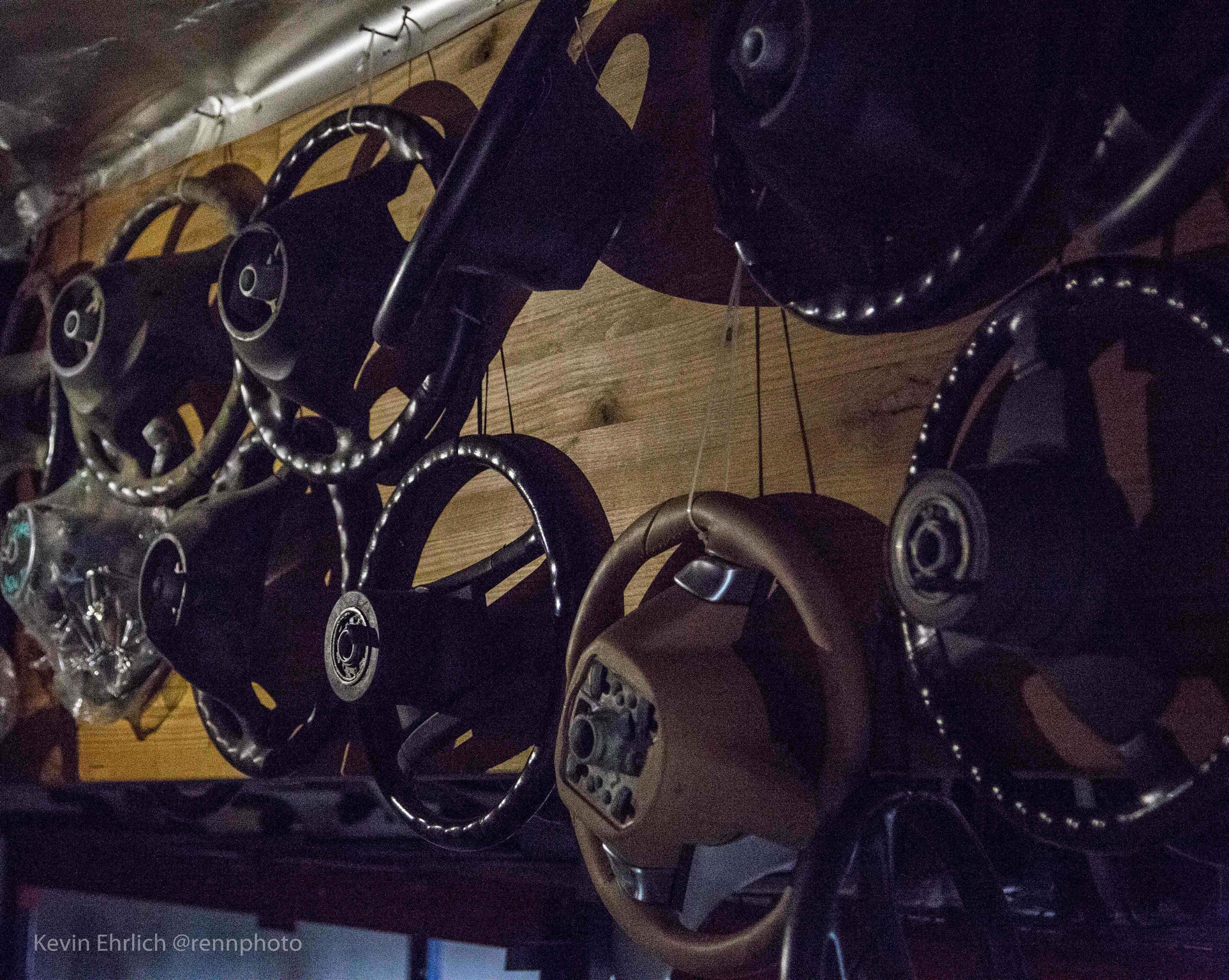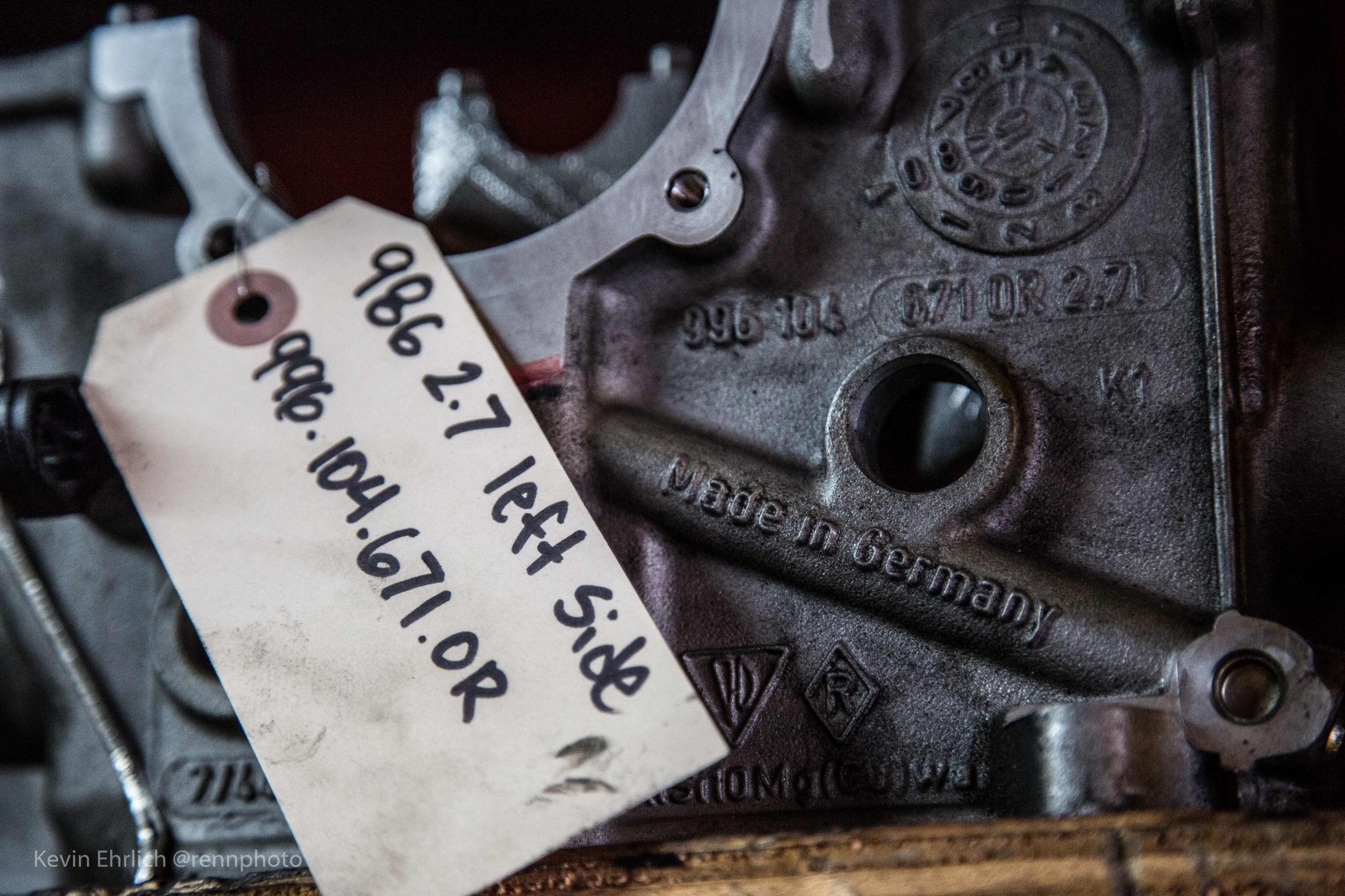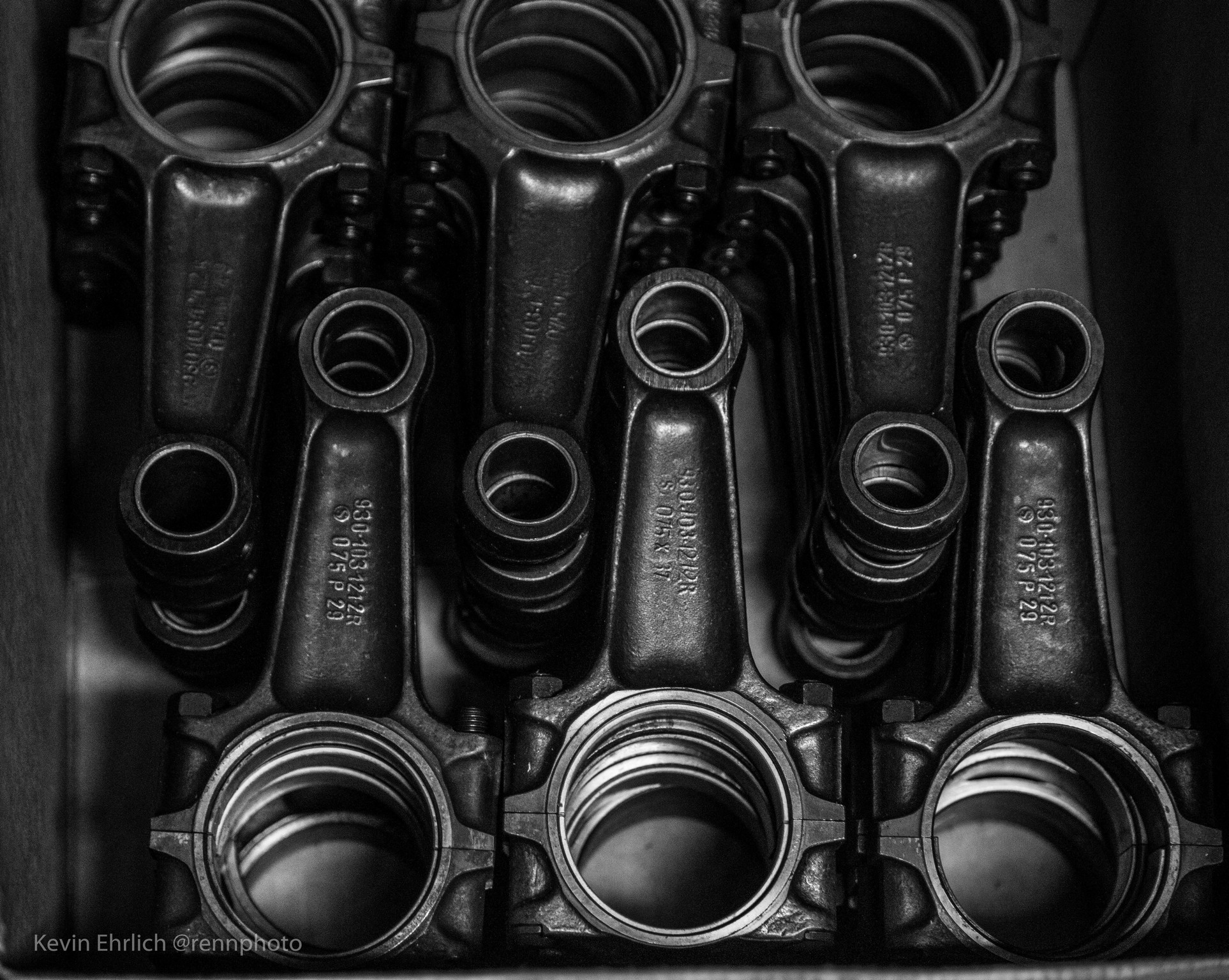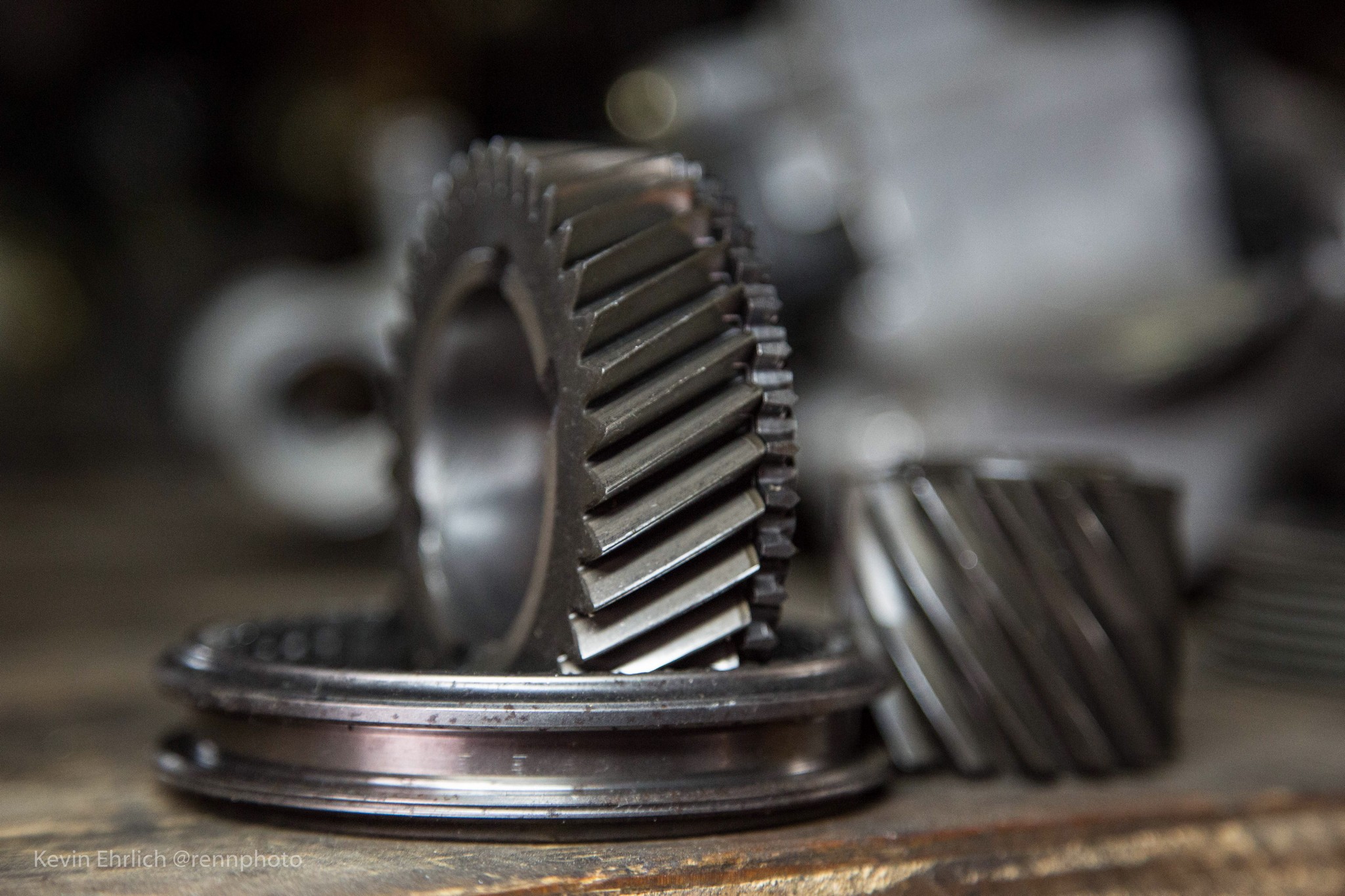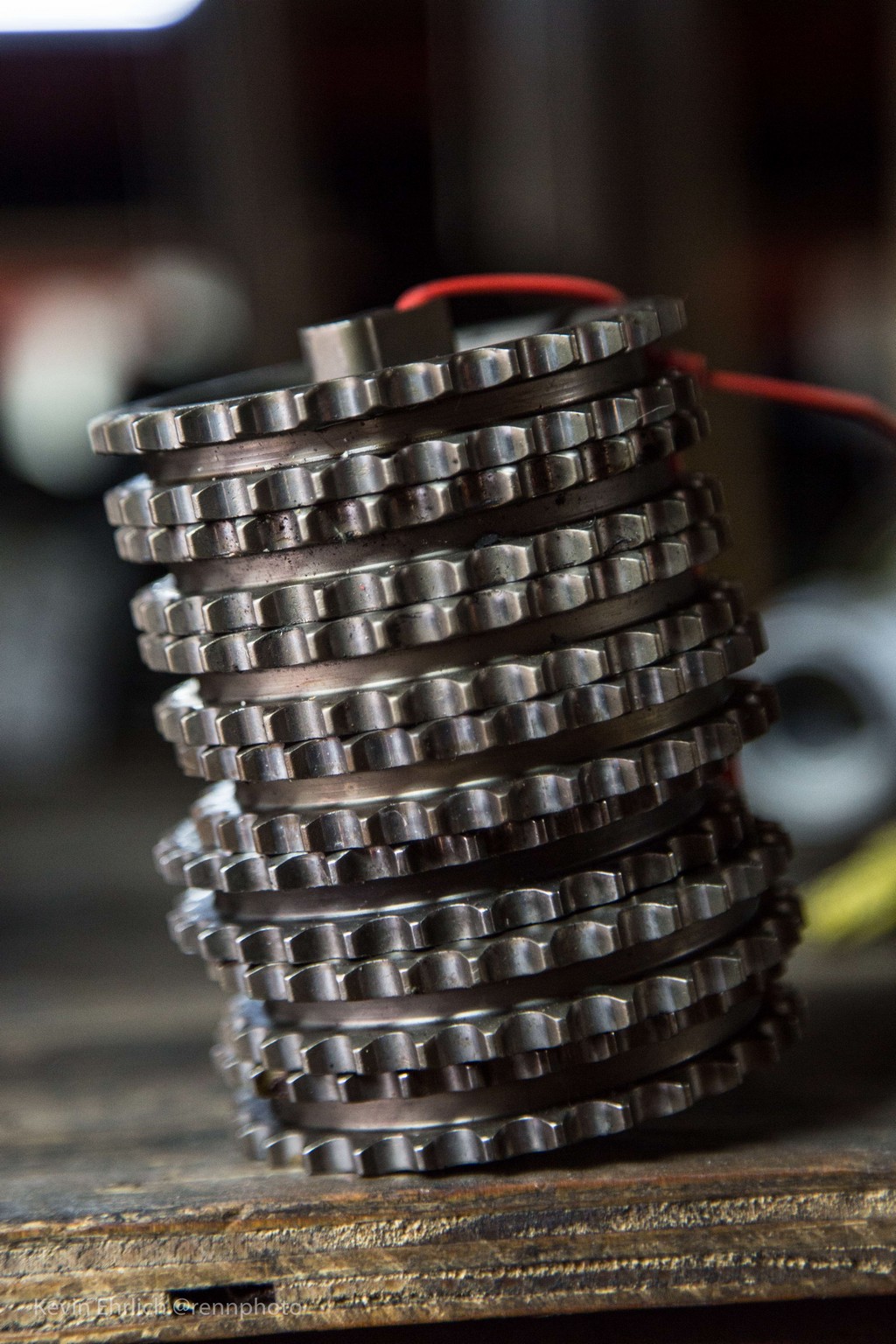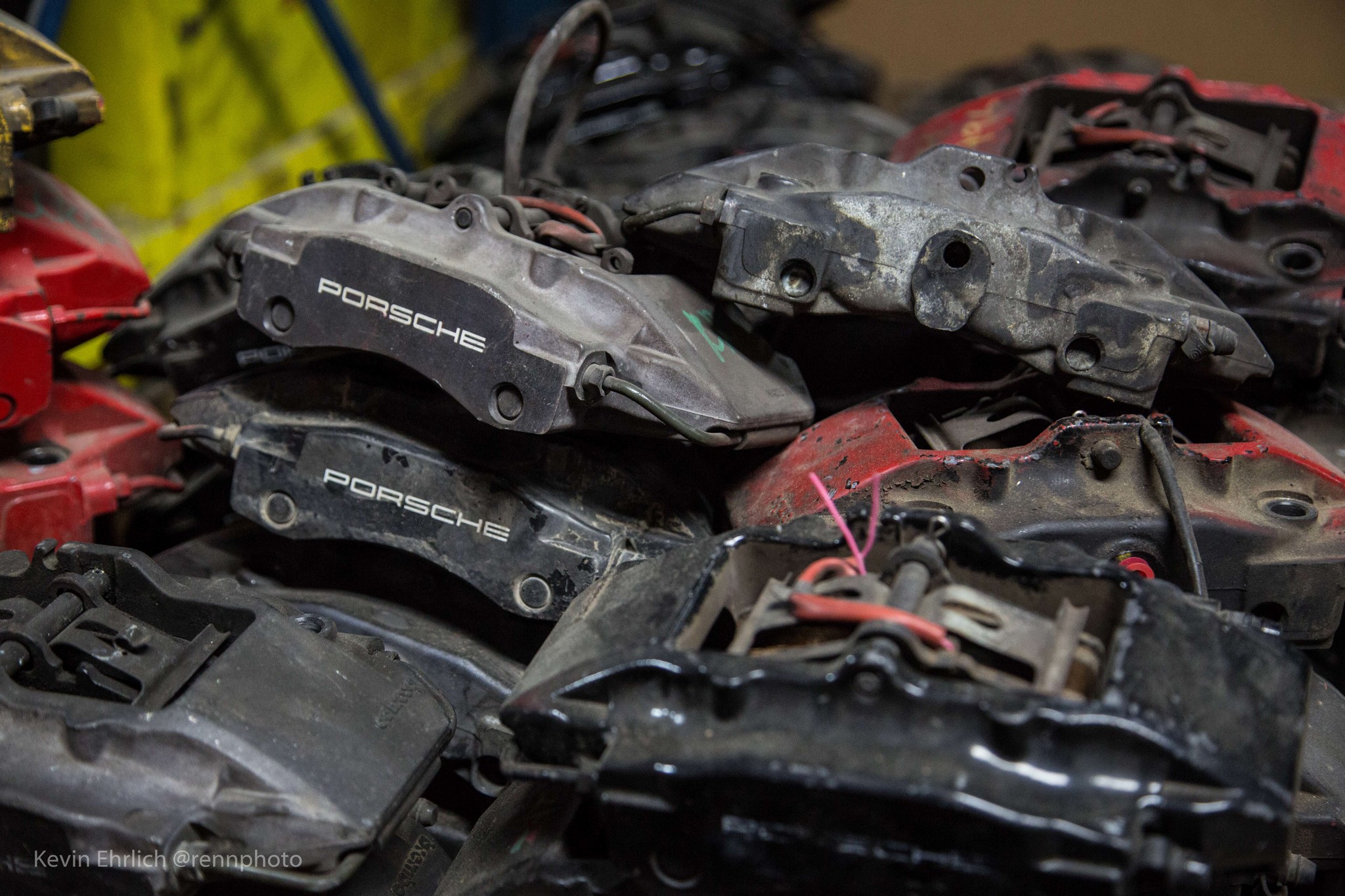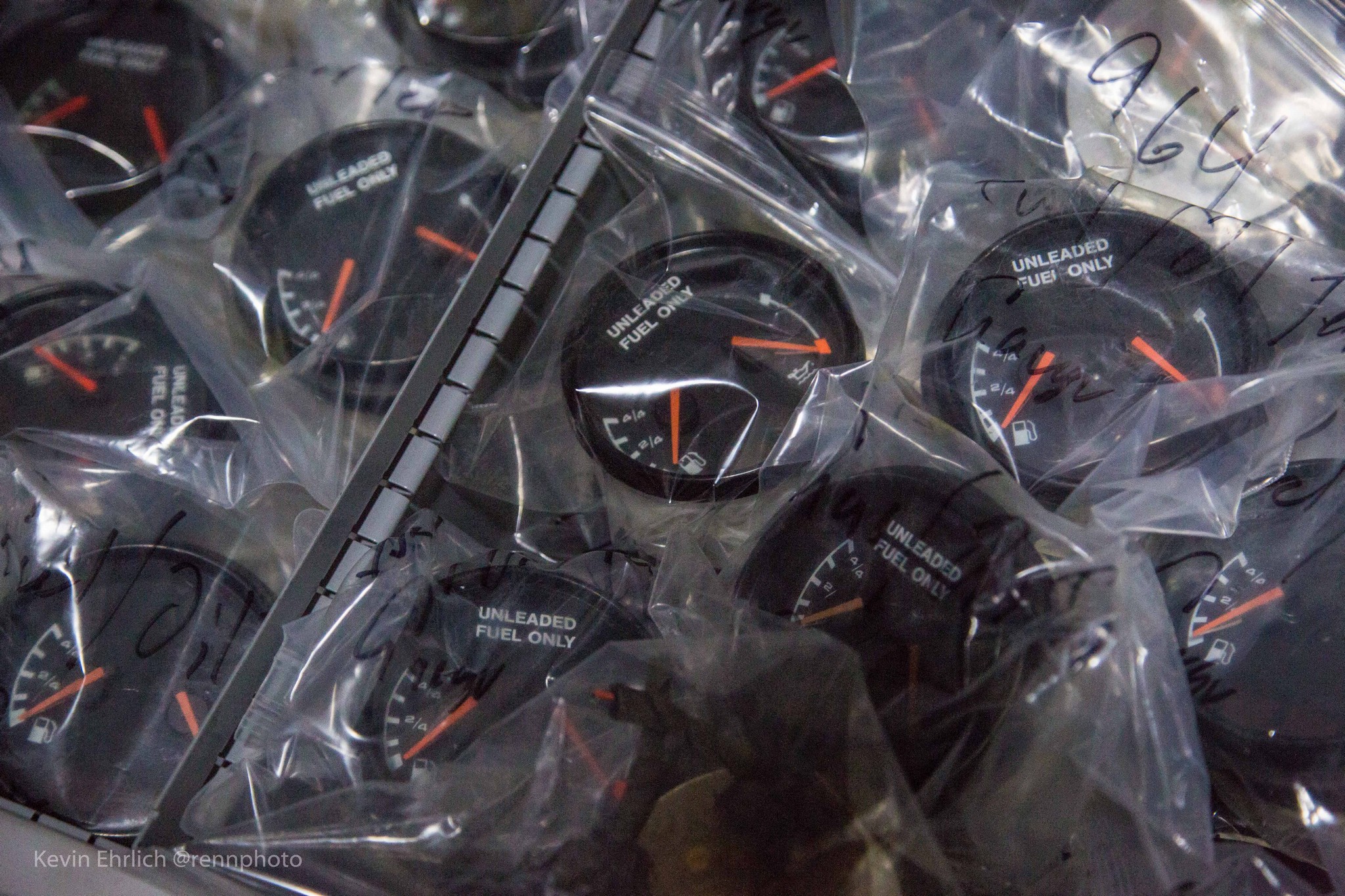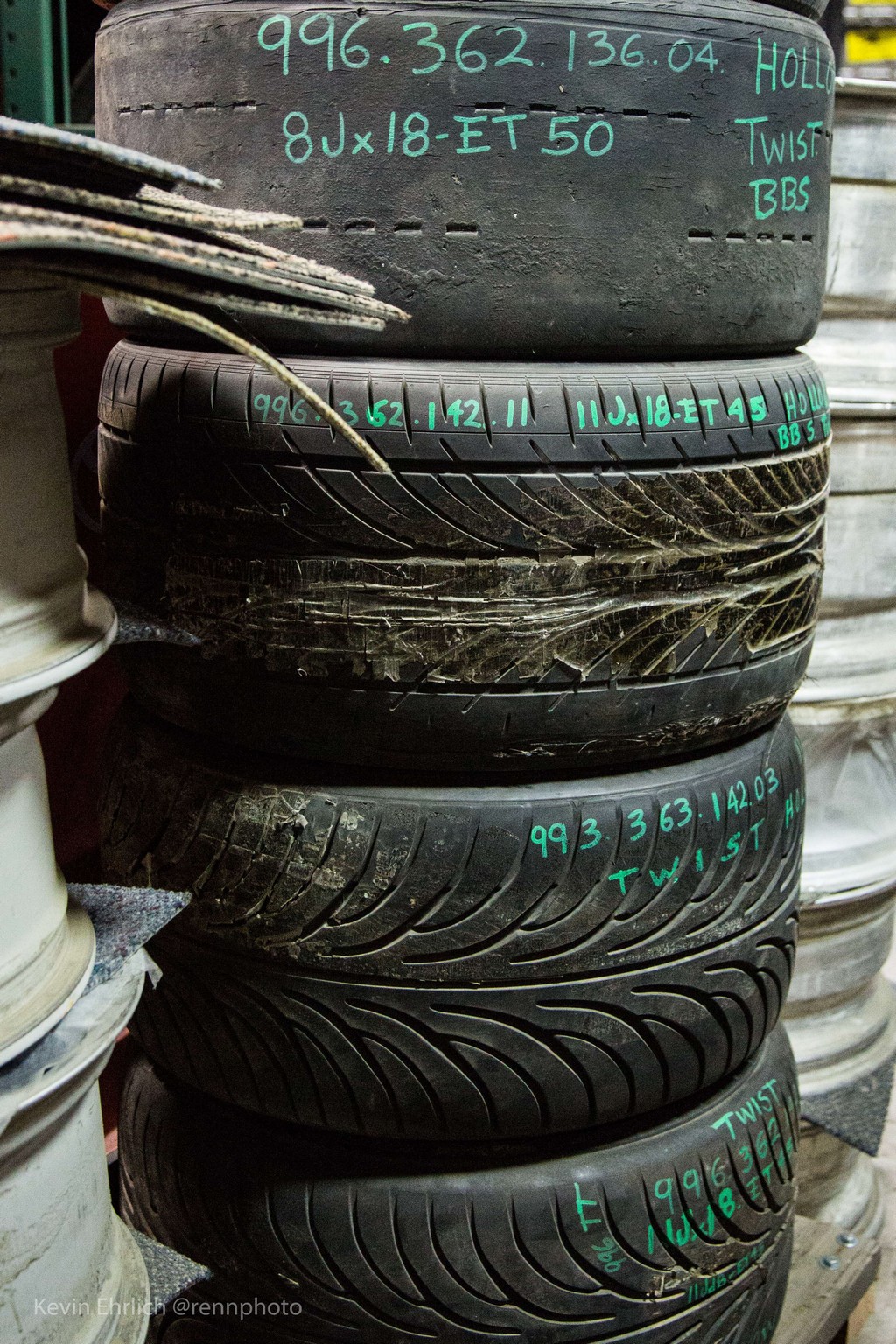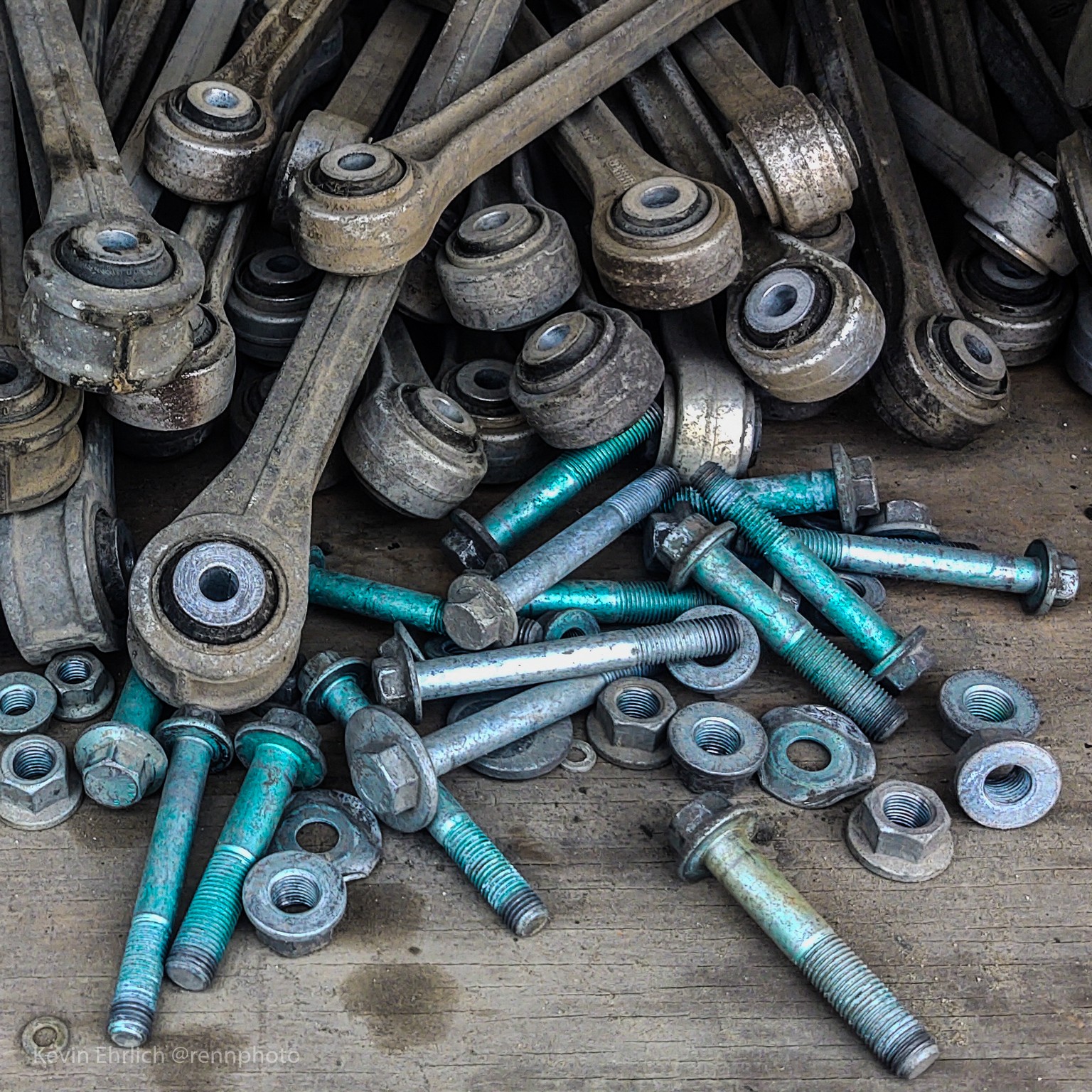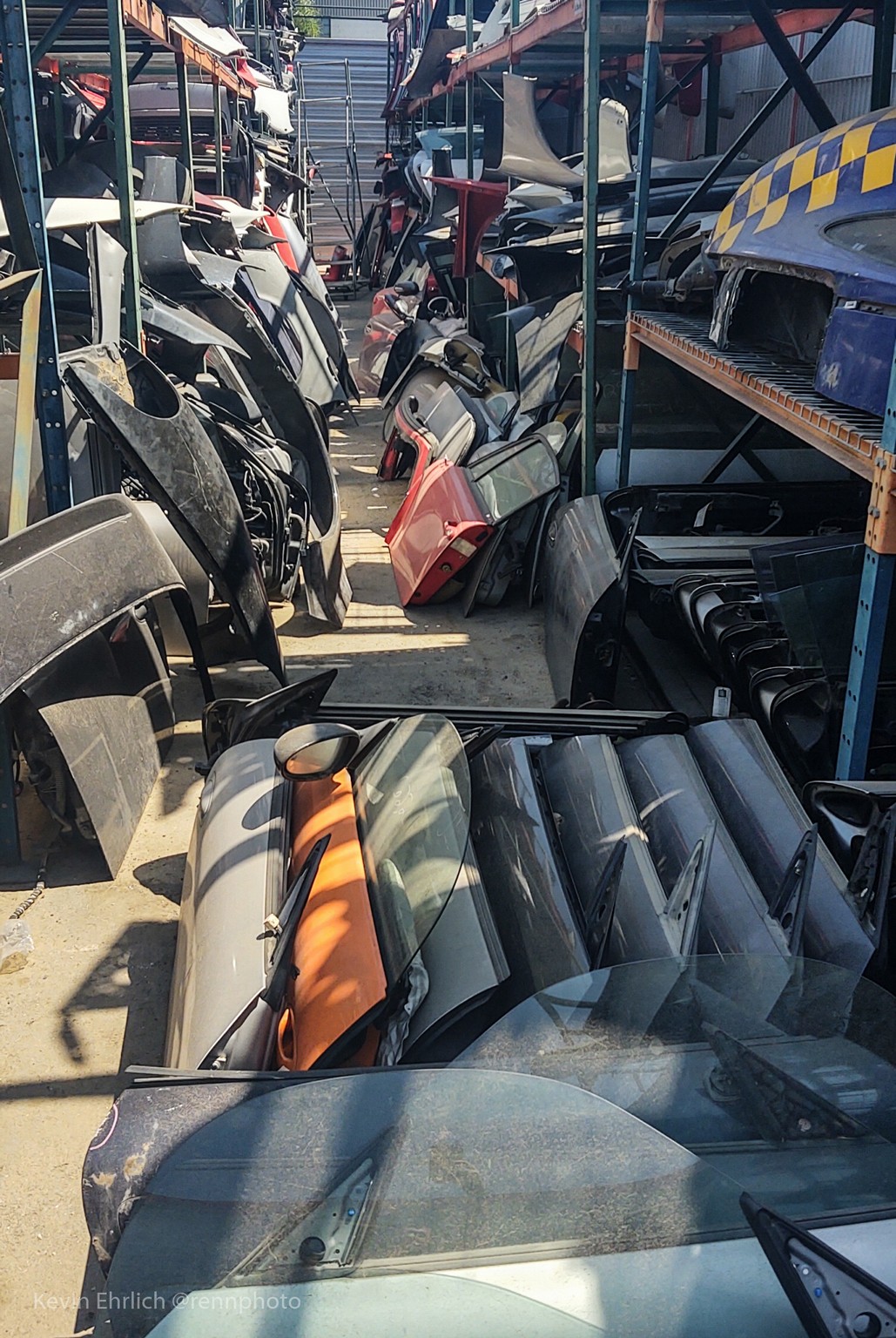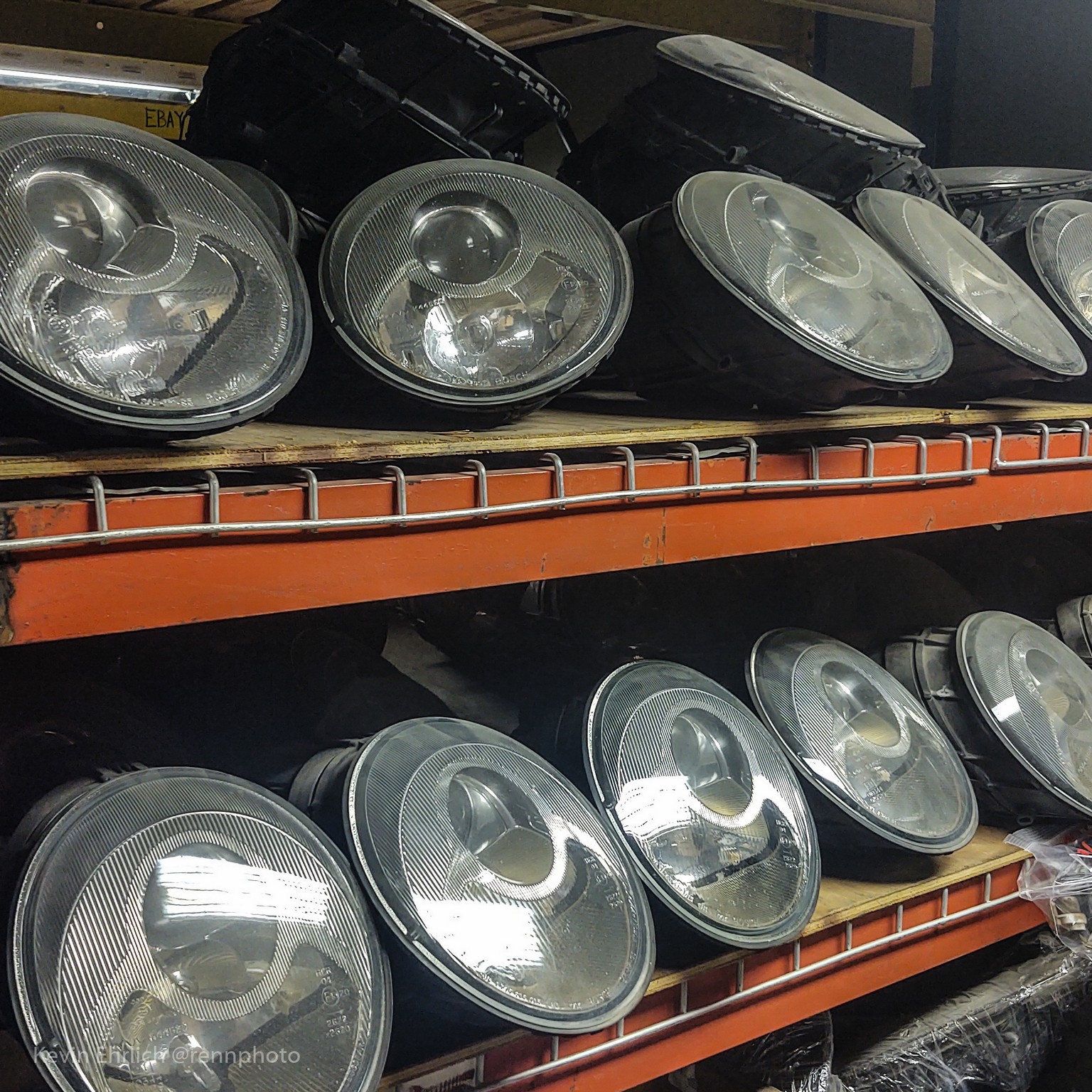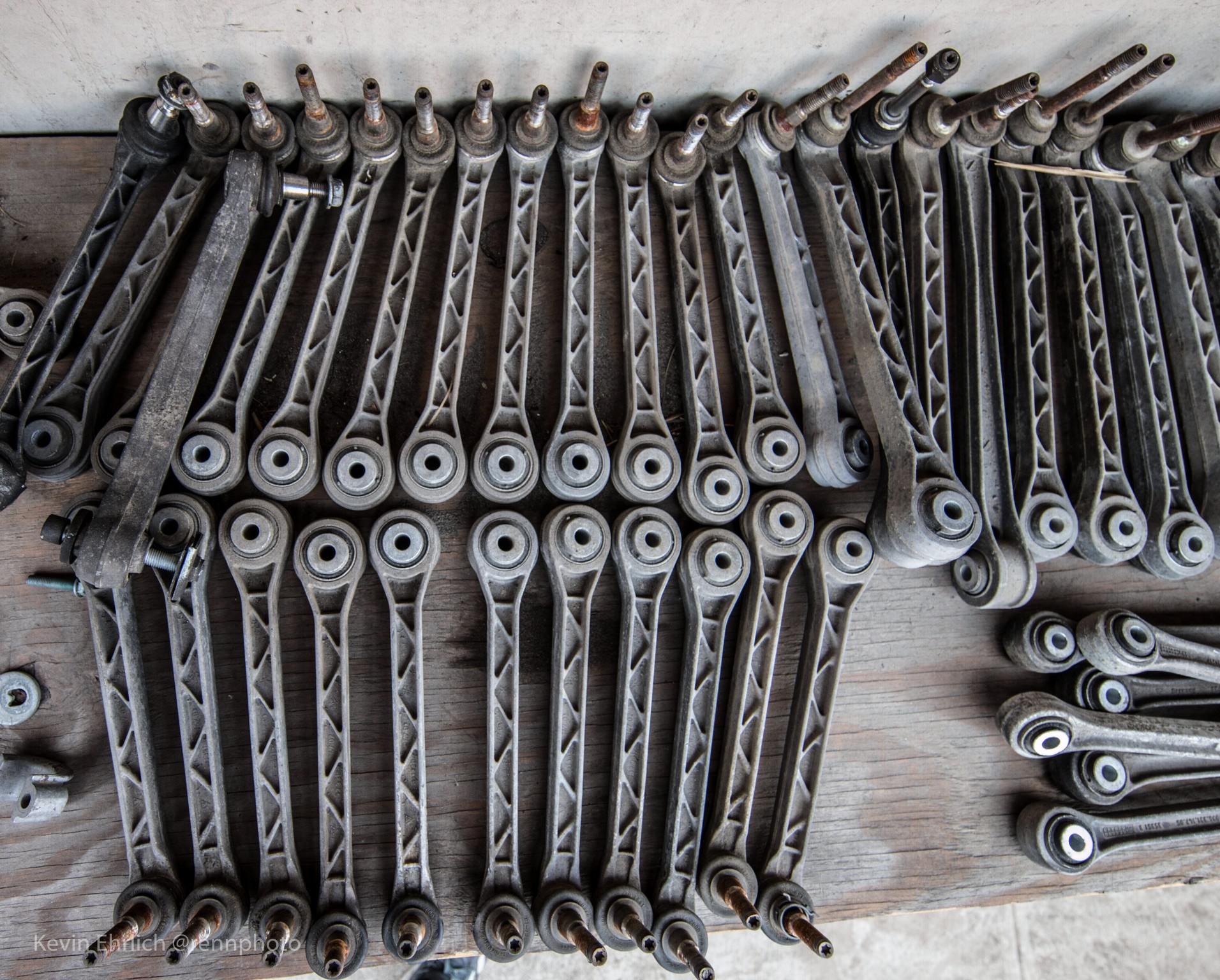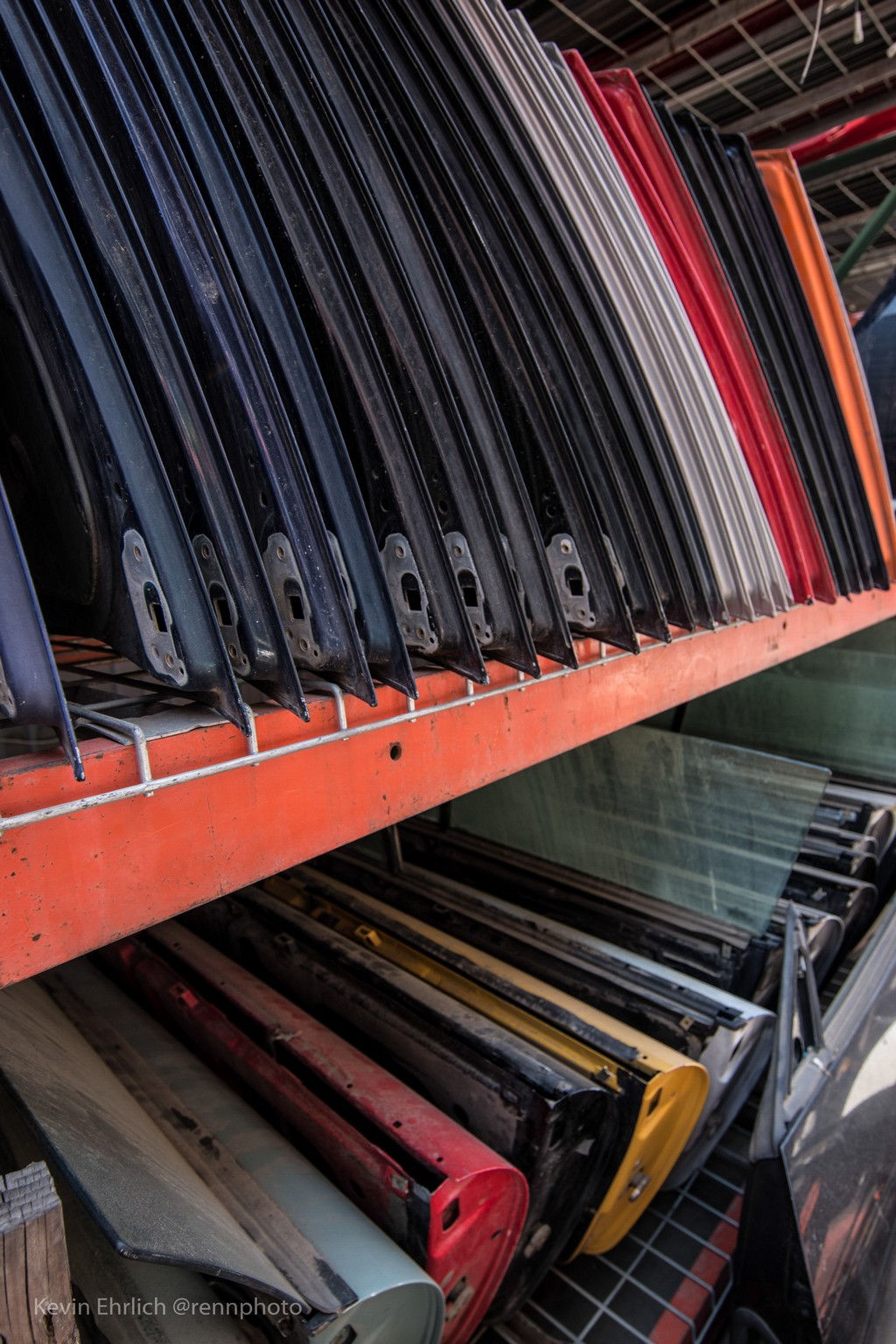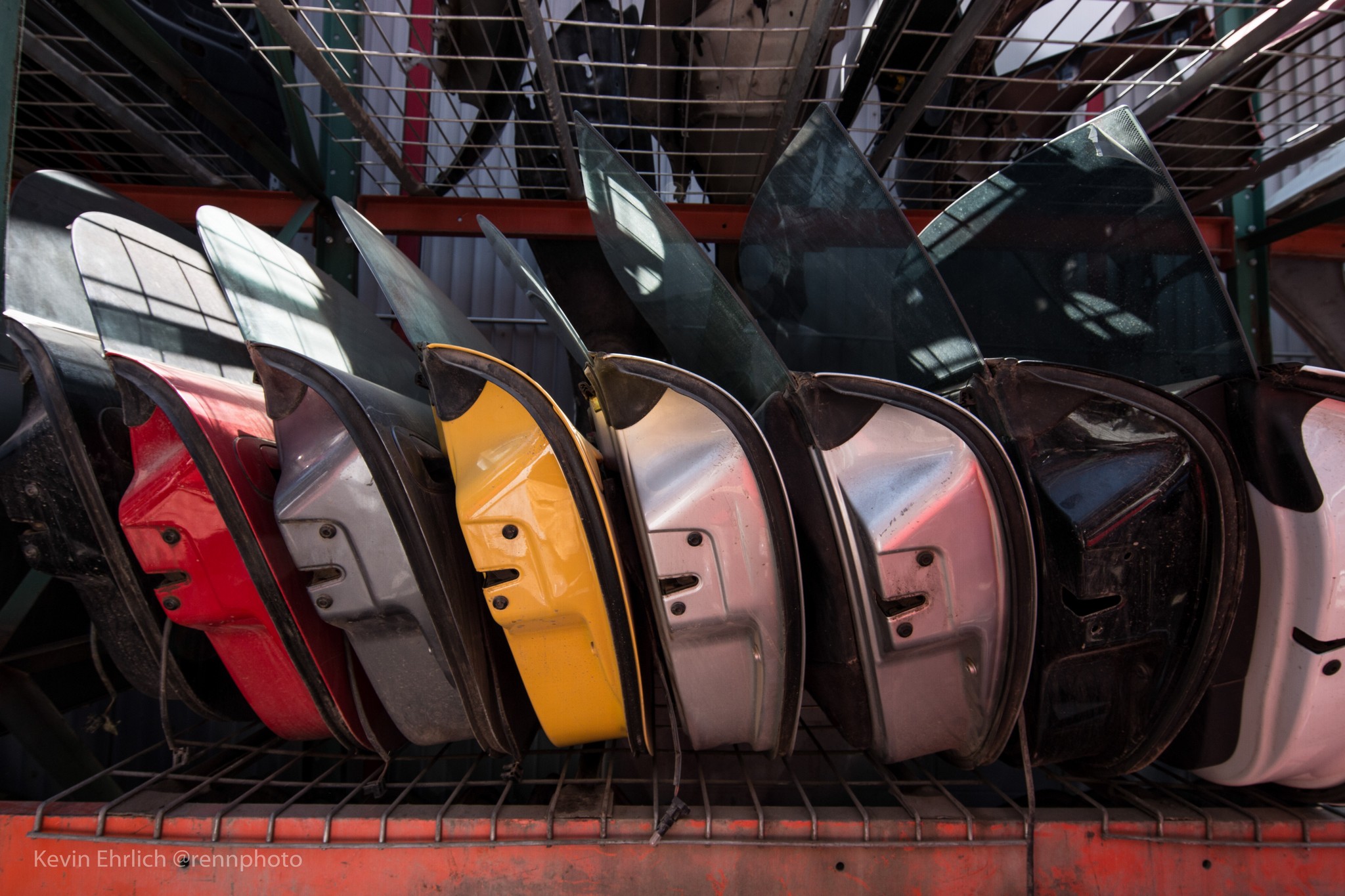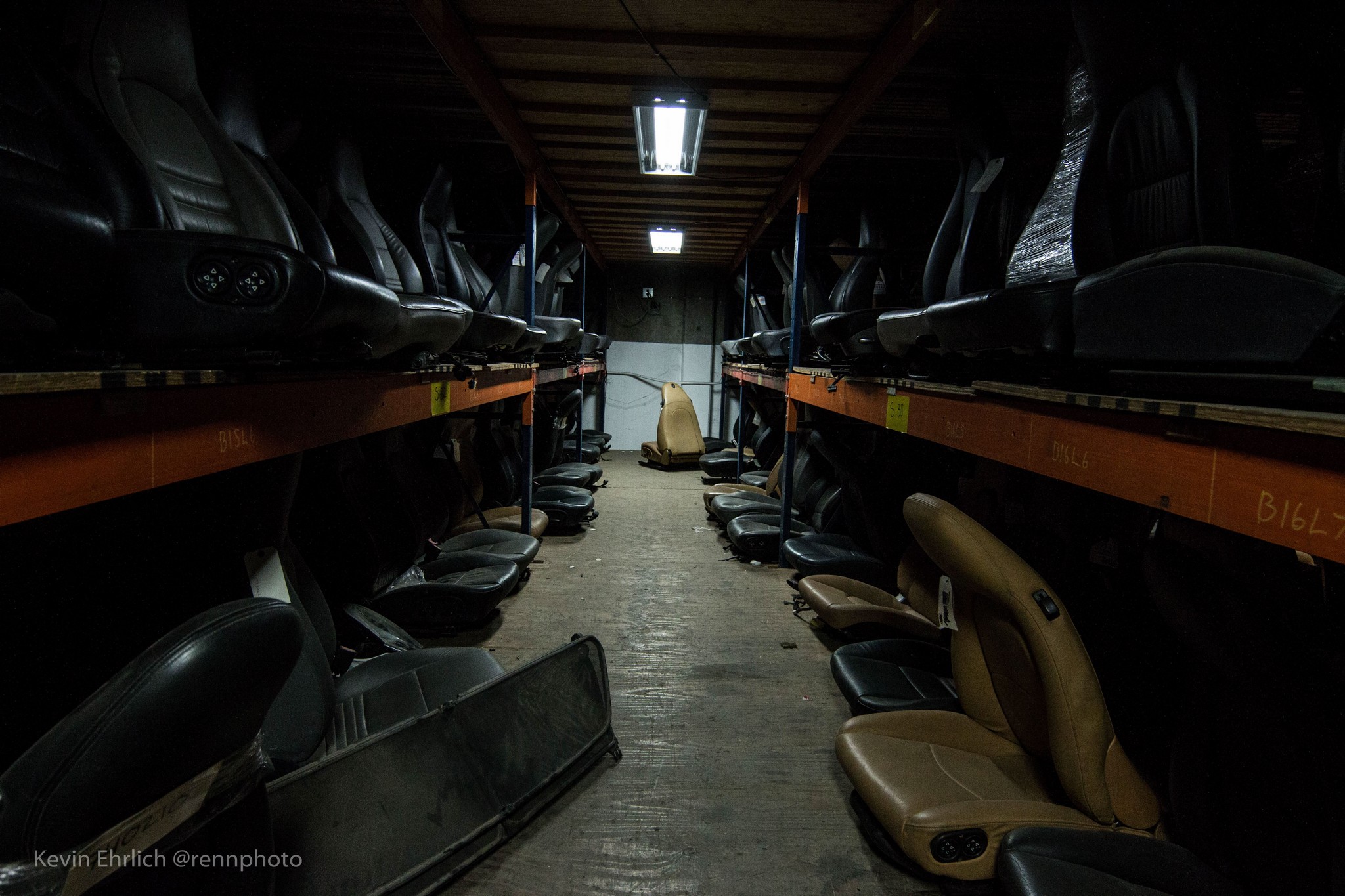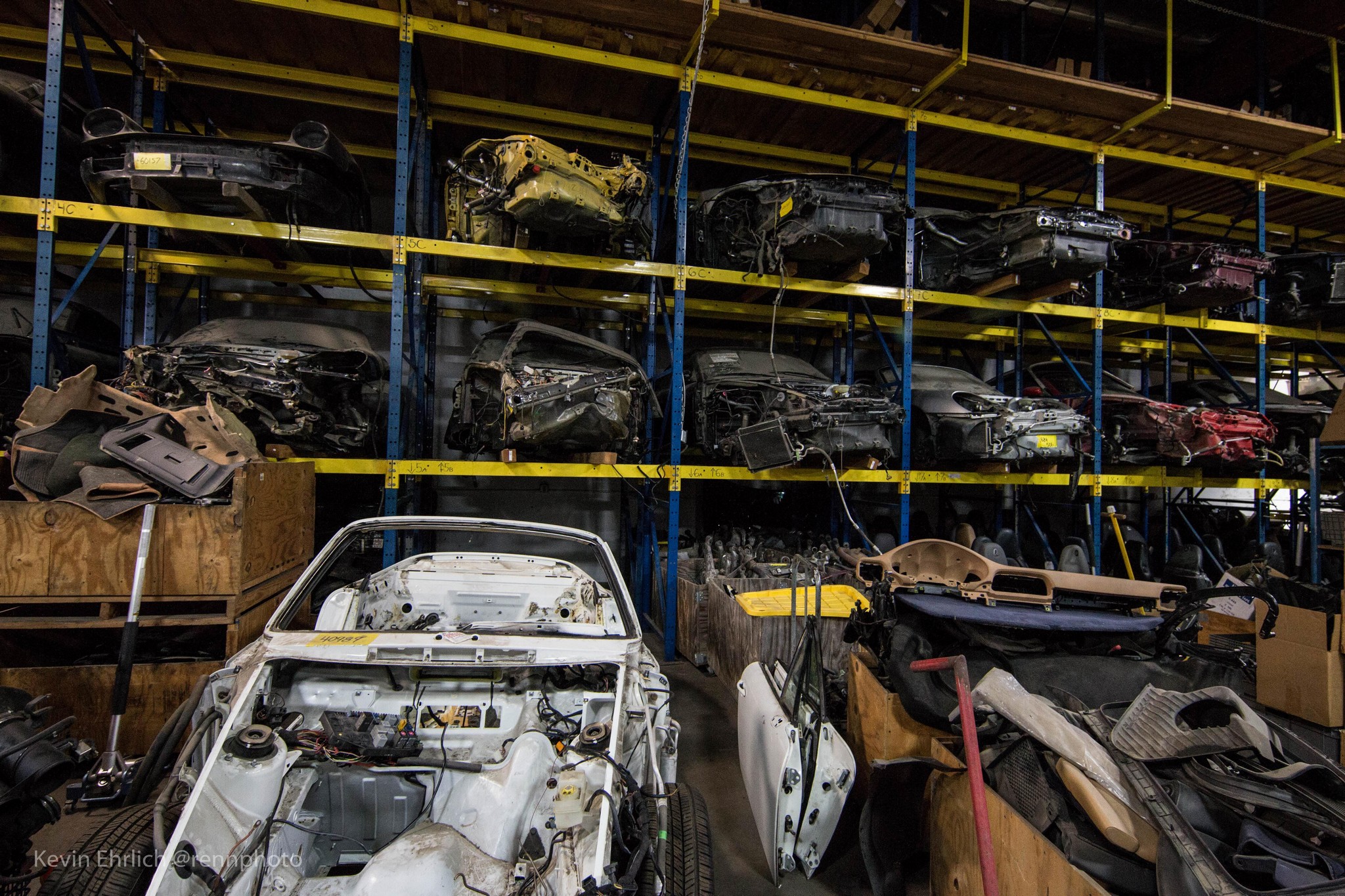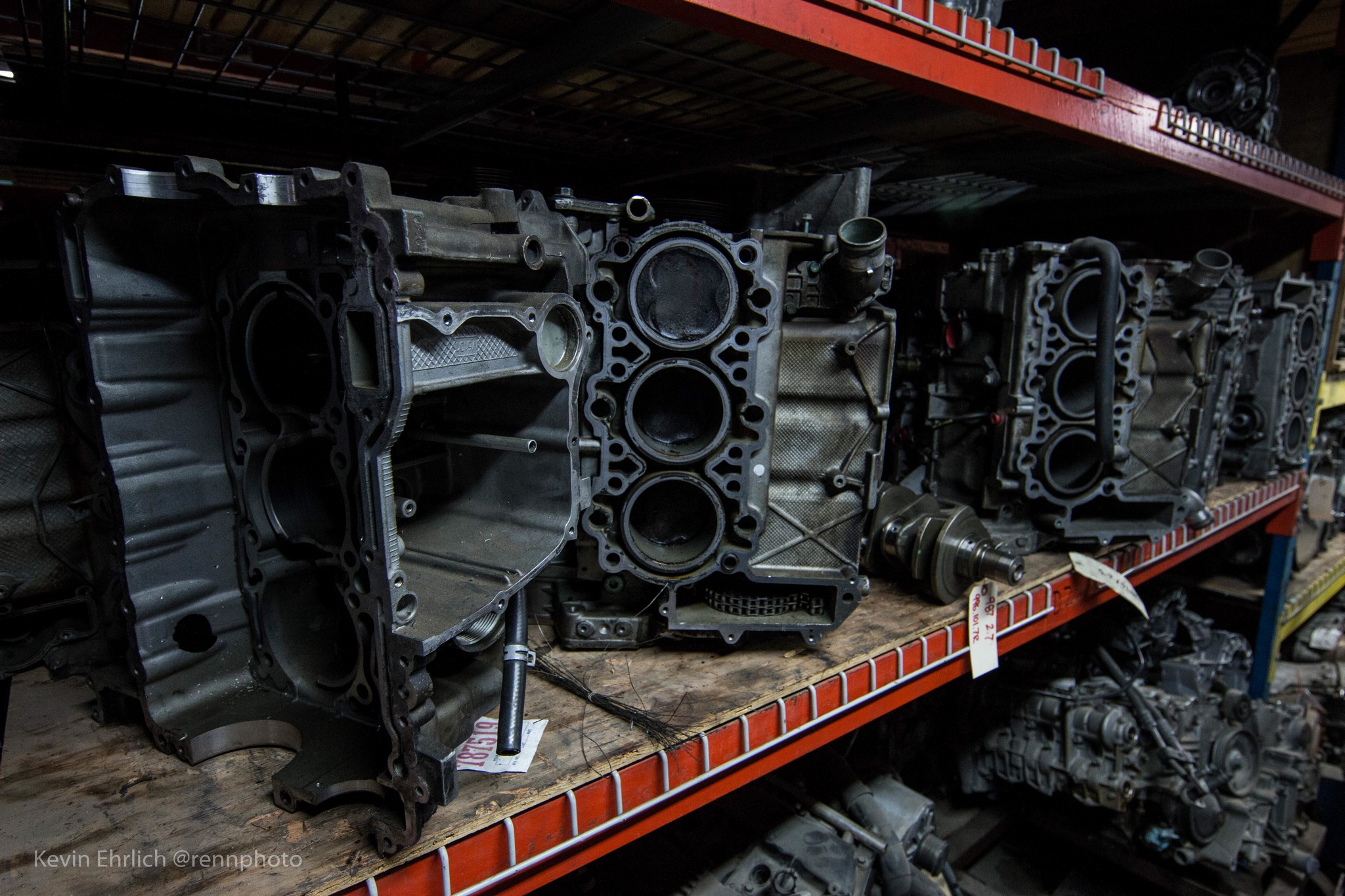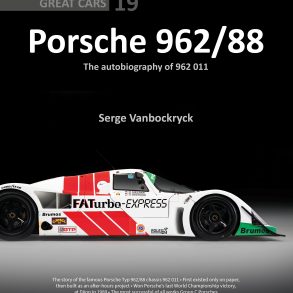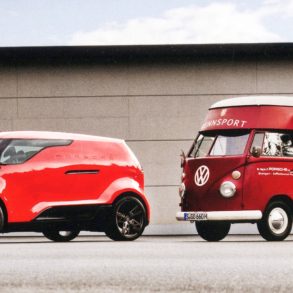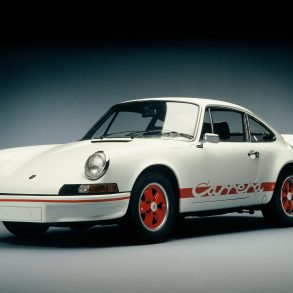Porsche design cues trace their origins to a sawmill in Gmünd, Austria where the first hand-crafted sportscars bearing the family name were born. Curves penned by designers over decades both honored tradition and advanced the marque forward.
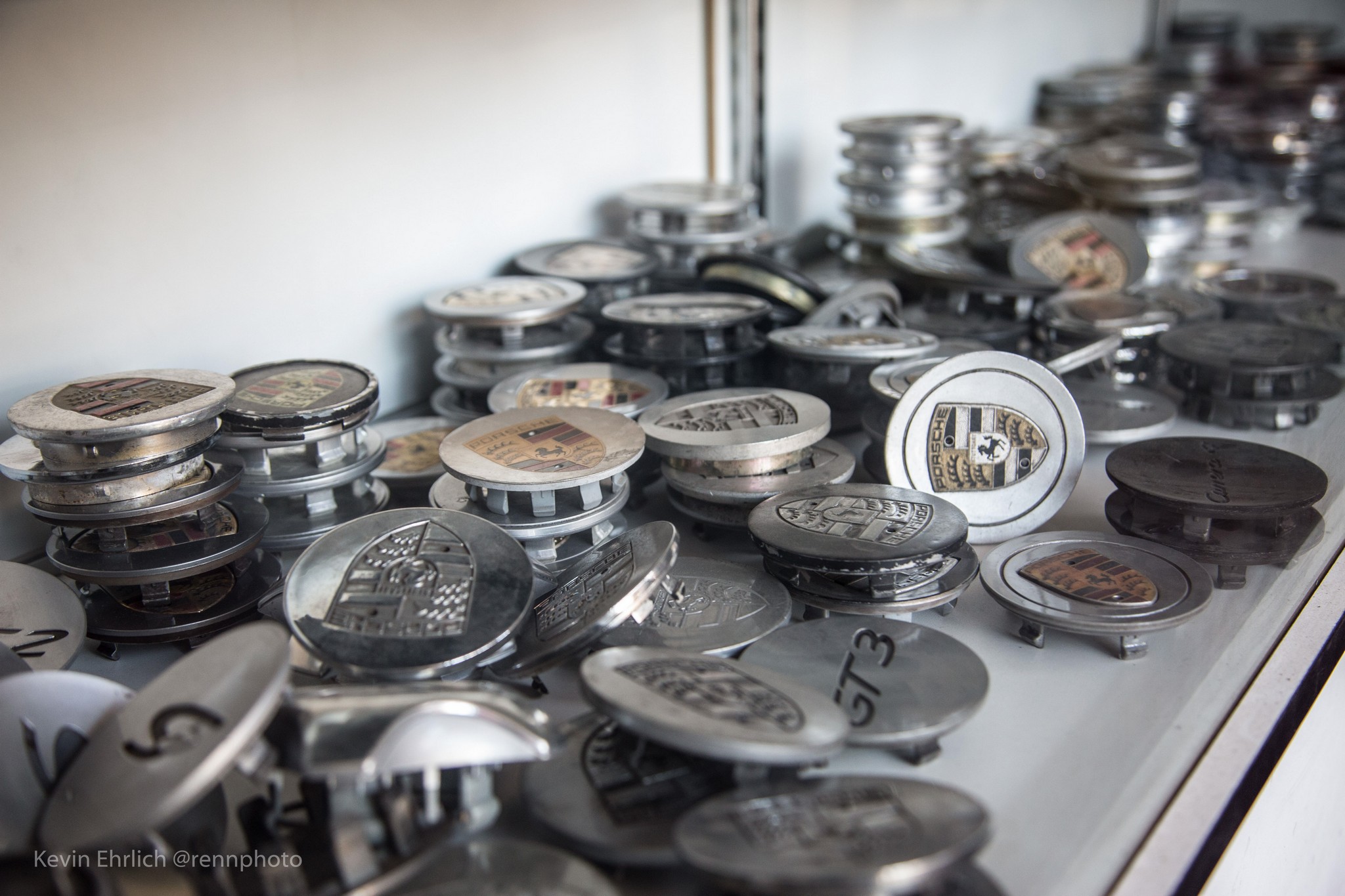
What happens to cars that have an unscheduled meeting with an immovable tree or wall? What happens to cars that get into a fight for space in traffic? What happens to cars that are overtaken by rising flood waters? Treasure quickly threatens to become trash.
Some damaged cars end up with the Los Angeles Dismantler team in Sun Valley, California. Porsches no longer roadworthy may still have usable parts. If you’ve ever seen crashed Porsches being sold in salvage auto auctions and wondered who buys them and where they go, this is your answer.
The primary focus is 911 models after 1980, but stray Cayman or Cayenne parts are tucked in the shadows. The holy grail is a totaled Porsche with a running engine. Classic Porsches often get used 993 engines for high horsepower transplants (when available). On the other end of the spectrum, the demand for spare wheels and rear seats is modest.
Our brain is accustomed to seeing a fully assembled car, not cars in deconstructed form. While the whole can be greater than the sum of the parts, the parts still individually warrant their own attention. Customer calls send the staff hunting through shelves of headlights, stacks of wheels, bins of brakes, drawers of gauges, racks of bodywork, boxes of connecting rods, piles of wheel caps and more.
The piles of parts inhabit an amorphous limbo life somewhere between treasure and trash. They haven’t been recycled or sent to a landfill. Like animals at the pound, they await that one owner eager to adopt them and make their 911 complete again – ready for road or racetrack duty. If the story has a happy ending, the circle will be complete. The treasure that was rescued from becoming trash could be the piece that makes someone’s project a treasure once again.
Photo Gallery


